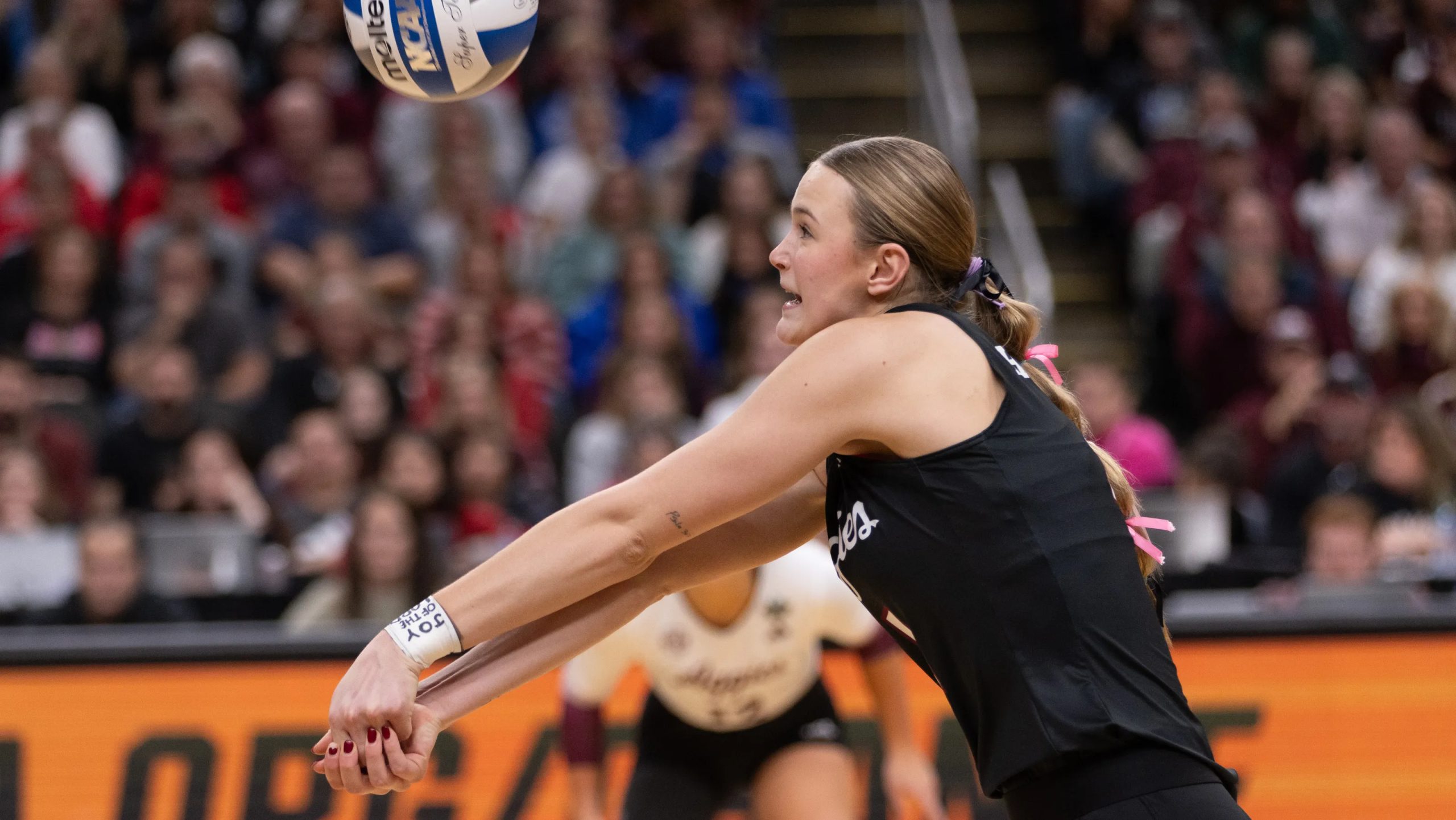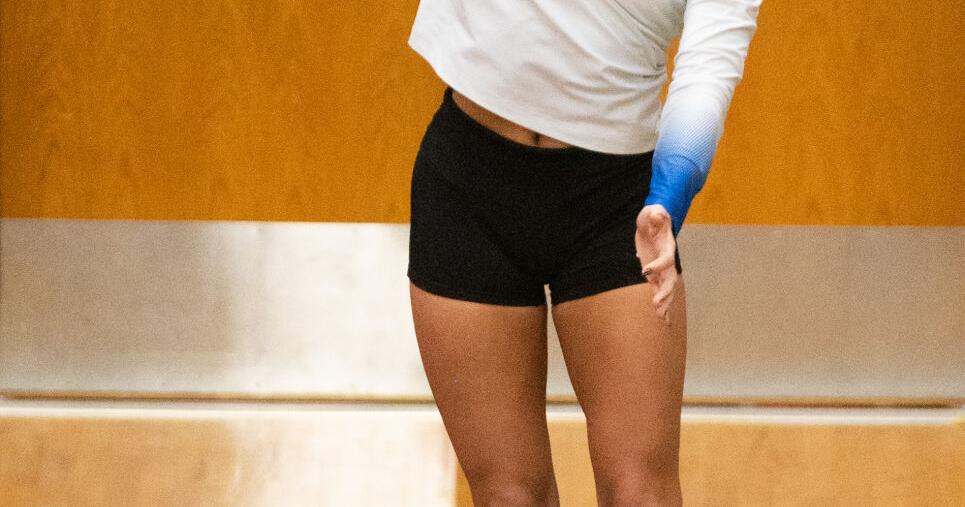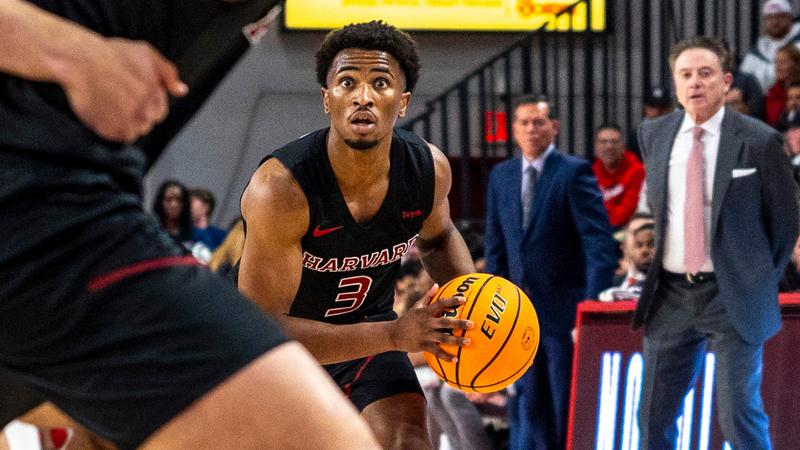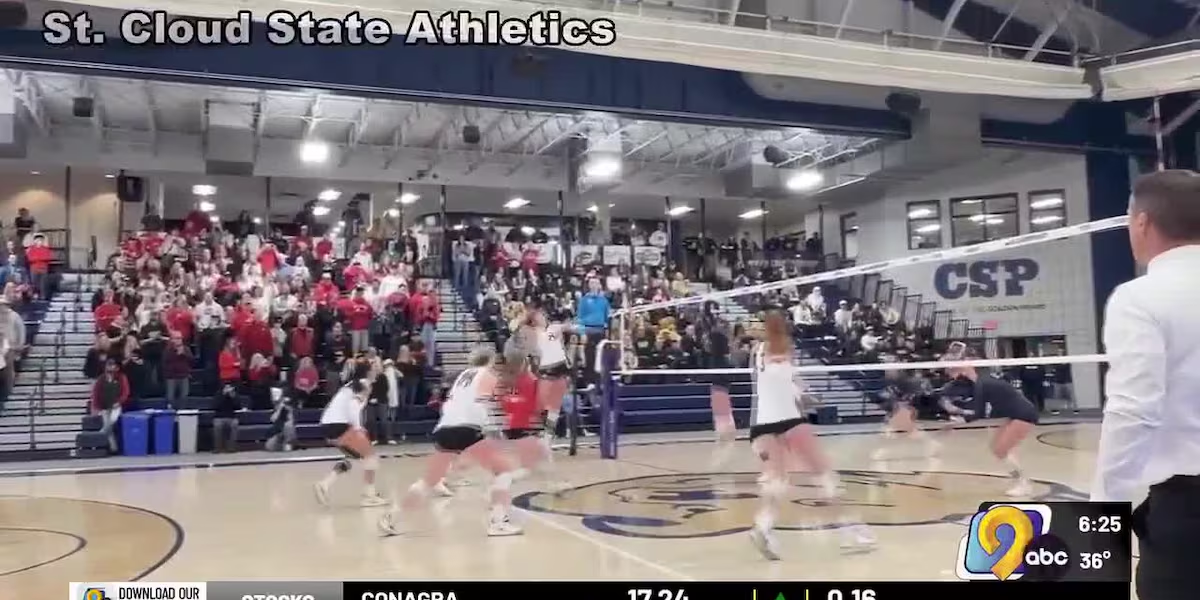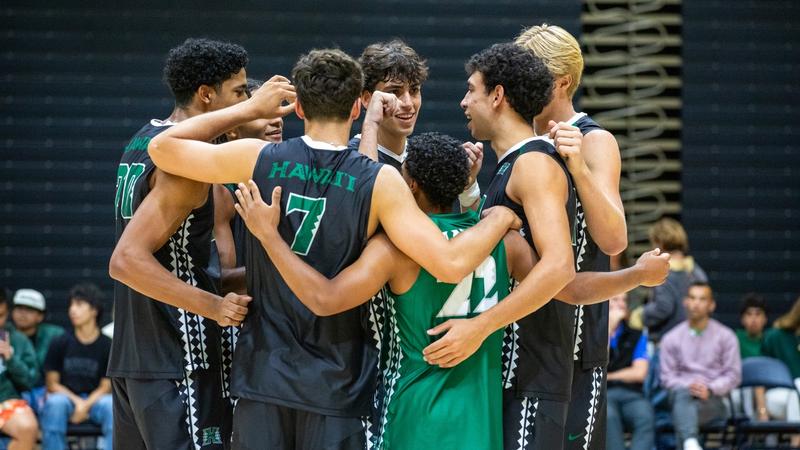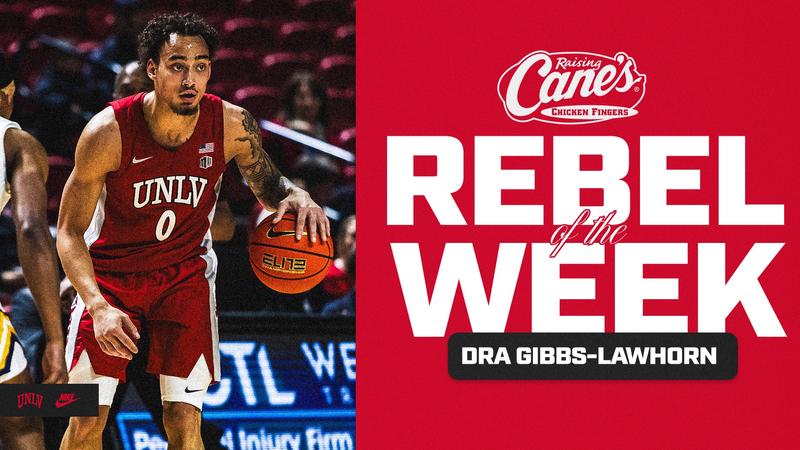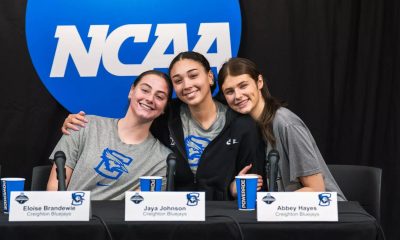First Team
Alyssa Anderson, Woodlan
Class: Senior
Position: Middle blocker
Statistics: 289 kills (2.9/set), 47 aces, 53 blocks, 119 digs (1.2/set)
Of note: IHSVCA Class 2A All-State second team
Reagan Beitler, South Adams
Class: Senior
Position: Setter
Statistics: 145 kills (1.3/set), 73 aces, 376 digs (3.4/set), 644 assists (5.9/set)
Of note: 1A/2A Senior All-Star
Sydney Blackwell, Concordia
Class: Junior
Position: Middle hitter
Statistics: 360 kills (4.0/set), 47 aces, 57 blocks, 110 digs (1.2/set)
Of note: 3A/4A Junior All-State
Reagan Bollenbacher, South Adams
Class: Senior
Position: Outside hitter
Statistics: 304 kills (2.9/set), 25 aces, 392 digs (3.7/set)
Of note: 1A/2A Senior All-Star
Victoria Crozier, Woodlan
Class: Senior
Position: Setter
Statistics: 56 kills, 27 aces, 32 blocks, 151 digs (1.5/set), 874 assists (8.8/set)
Of note: Signed with Trine
Keira Dommer, Concordia
Class: Senior
Position: Setter
Statistics: 52 aces, 200 digs (2.4/set), 863 assists (10.2/set)
Of note: SAC Glass Spike winner
Sophia Gisslen, Carroll
Class: Senior
Position: Setter
Statistics: 46 kills, 37 aces, 36 blocks, 135 digs (1.6/set), 878 assists (10.5/set)
Of note: IHSVCA Class 4A All-State second team; signed with Quinnipiac
Cala Haffner, Carroll
Class: Sophomore
Position: Defensive specialist
Statistics: 60 aces, 432 digs (4.0/set), 133 assists (1.2/set)
Of note: MaxPreps second-team All-America
Maya Harris, Angola
Class: Senior
Position: Outside hitter
Statistics: 637 kills (6.3/set), 177 aces (1.8/set), 228 digs (2.3/set)
Of note: Ms. Volleyball finalist; led the state in aces
Ellie Hepler, Warsaw
Class: Senior
Position: Libero
Statistics: 73 aces, 555 digs (5.2/set), 99 assists
Of note: Signed with Indiana; IHSVCA Class 4A All-State first team
Elyse Mead, West Noble
Class: Sophomore
Position: Outside hitter
Statistics: 530 kills (5.6/set), 44 aces, 25 blocks, 314 digs (3.3/set)
Of note: IHSVCA Class 3A All-State second team
Elli Oskey, Carroll
Class: Junior
Position: S/RS
Statistics: 194 kills (1.8/set), 21 aces, 58 blocks, 330 assists (3.1/set)
Of note: 3A/4A Junior All-Star
Abbie Powell, Southern Wells
Class: Sophomore
Position: Middle blocker
Statistics: 503 kills (5.1/set), 83 aces, 79 blocks, 350 digs (3.6/set)
Of note: Led state with a 0.564 hitting percentage; ACAC Player of the Year
MaryKate Scheumann, Bellmont
Class: Senior
Position: Outside hitter
Statistics: 508 kills (4.8/set), 30 aces, 434 digs (4.1/set)
Of note: Signed with Purdue
Bailey Sinish, Carroll
Class: Senior
Position: Outside hitter
Statistics: 557 kills (5.4/set), 62 aces (0.6/set), 47 blocks (0.5/set), 219 digs (4.0/set)
Of note: Indiana Ms. Volleyball winner; MaxPreps first-team All-America
Sarah Stegall, Carroll
Class: Junior
Position: Outside hitter
Statistics: 270 kills (2.6/set), 19 aces, 24 blocks, 60 digs
Of note: IHSVCA Class 4A All-State second team
Reagan Edwards, Warsaw, MB
Cece Goode, Warsaw, OH
Braelynn Hodgeman, Bishop Dwenger, RS/S
Delaney Johnson, Lakewood Park Christian, L/OH
Victoria Kim, Canterbury, OH/MB
Reagan Lyons, Homestead, OH/OPP
Lindsay Snyder, Bishop Dwenger, OH
Aspen Sutton, Angola, S/DS/L
Laney Trausch, South Adams, S
KaVeaya Turner, Concordia, MH
Emma Vachon, Norwell, S/DS
Kylie Walz, East Noble, L/DS
Nicolette Watercutter, Bishop Dwenger, OH
Emersyn Weaver, Leo, OH/DS
Also honored
High Honorable Mention
Bellmont: Ella Ross, Taylor Sutter
Bishop Dwenger: Genevieve Renbarger, Claire Shively
Bishop Luers: Taylor Albers, Aubriana Flotow
Blackhawk Christian: Cici Sefton, Lily Stangland
Carroll: Hayden Finefrock, Katelyn Peters, Lauren Peters, Lola Sasse, Addi Shippy
Canterbury: Alexa Coble, Sophia Miller
Churubusco: Kelsee Coil, McKayla Reuter
Columbia City: Elizabeth Blackburn
East Noble: Ava Larson
Eastside: Adelaide Elden
Garrett: Sarah DePew, Kaylee Gaar, Amelia Kesterke
Heritage: Maya Ehrman, Ava Johnson
Homestead: Lyla Tindall, Savannah Walker
Huntington North: Grace Anderson
Lakewood Park Christian: Emilia Crider
Leo: Isabella Hensley
Northrop: Madison Corley
Norwell: Macie Saalfrank
Snider: Lindsay Gonzalez, Oriana Smiley, Arielle Stephens
Warsaw: Madison Branam
Wawasee: Hadley Allen
Wayne: Jasmine Fowlkes, Story Gaines
West Noble: Izzy Beers, Reagan Eash, Ella Limerick
Whitko: Meredith Hindbaugh
Honorable Mention
Adams Central: Katie Summers
Angola: Mady Conrad, Khloe Stanner
Bellmont: Gracie Riggs, Lilly Selking
Bishop Dwenger: Maddie Gephart, Kobi Johnson
Bishop Luers: Vahsti Garcia, Victoria Strack
Bluffton: Konley Ault
Carroll: Paityn Lauck
Central Noble: Katie Forker, Jaylee Slone, Grace Swank, Jalayna Winebrenner
Columbia City: Breana Rumschlag, Sophia Van Buskirk
Concordia: Bella Dellinger, Courtney Inman, Shelby Petersen
DeKalb: Vivian Irk, Lilli VanGessel
East Noble: Alyssa Desper, Izzy Leffers, Carys Shire
Eastside: Lauren Hickey, Rylan Moughler
Fremont: Chloe Verdin
Garrett: Rilyn Flotow, Kaelynn York
Heritage: Alana Gutshall, Lexie Walter
Lakeland Christian: Eva Meza
Leo: Mia Norris, Rhianna Wallace Porter, Leah Shappell
New Haven: Annika Koepke
North Side: Desire Buckhanon, Sieriphoe Luangphaxayachack, Shilin Warren
Northrop: Kalaeh Alexander, Maleah Schmucker, Jersey Webb
Norwell: Izzy Anderson, Autumn Lee, Hope Mitchell
Snider: Ava DeFay, Denny-Lynn Dunton, Jasmine Gates
South Adams: Avery Brown, Reece Beitler
South Side: Na’Kayla Williams
Warsaw: Avary Hoeppner, Maddie Williamson
Wawasee: Jadyn Klenke
Wayne: Lexie Clark, Marlo Schinbeckler
Whitko: Caitlin Beer
Woodlan: Makaila Gruber
– Victoria Jacobsen, The Journal Gazette



